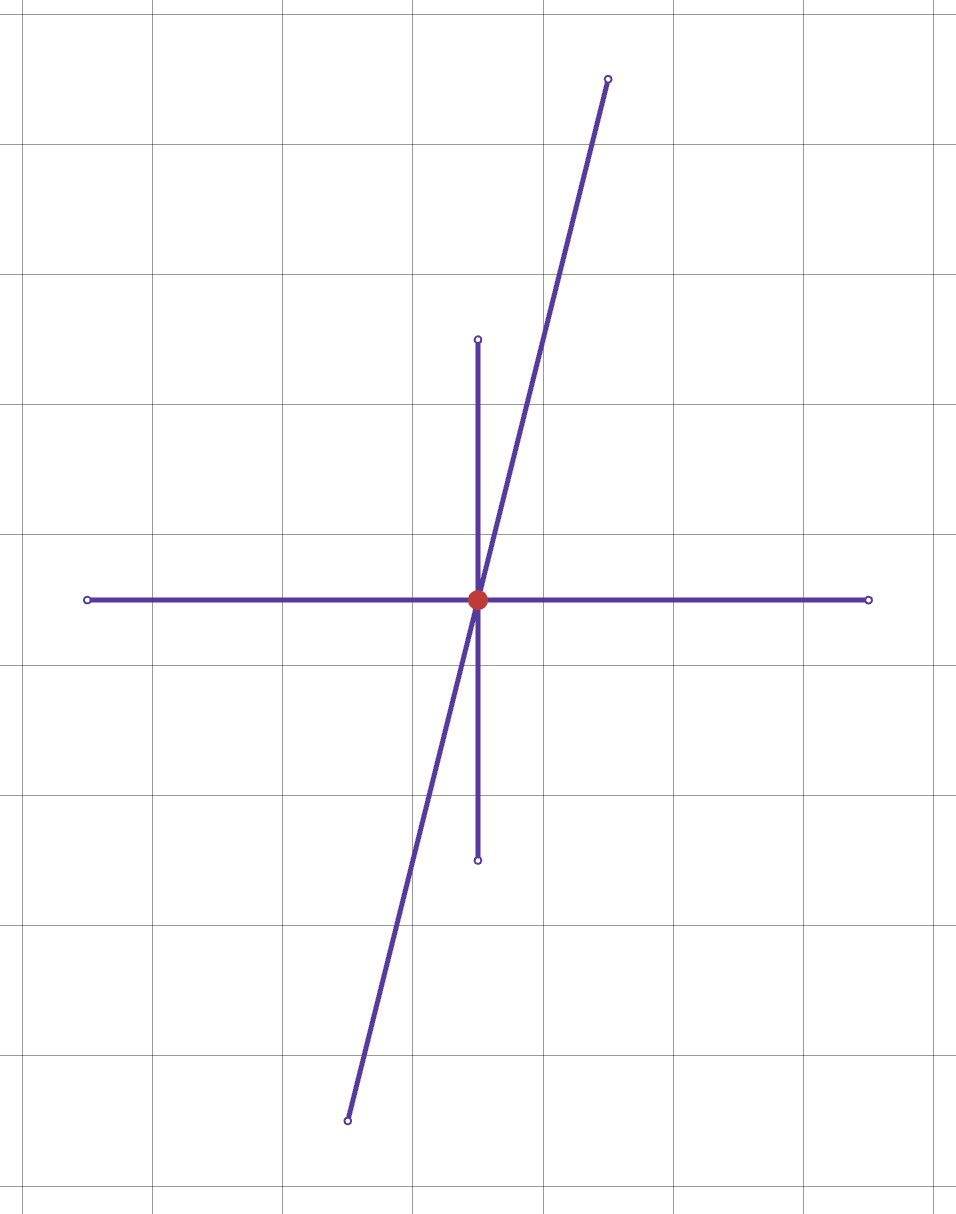Identified Assassins (4 Points)
View as PDFIdentified Assassins
We've just captured superb assassins and want to consign them to an infinite grid so they can no longer hurt anyone.
However, we also want to protect the assassins from each other! So we need to be careful where to place them in the grid.
The particular grid we've chosen has walls at every integer row/column, however it also has 6 teleporters within each cell:
- 2 of the teleporters go to cells
and
positions away horizontally
- 2 of the teleporters go to the cells
and
positions away vertically
- The final two teleporters go to cells
horizontally and
cells vertically, or
horizontally and
cells vertically
For example, for a configuration of ,
,
,
, there are 6 distinct locations the teleporters can take you:

Given we have assassins, and if there is some way for assassins to meet, they will eventually find each other, if placed randomly what are the chances all
assassins are isolated?
Input
Input will be a single line containing 5 space-separated integers, .
Output
Output should be a single integer. Since the numbers can be rather large, output will use modular inverse.
Let be the probability that all
assassins are isolated, then output
modulo
, where
is the modular inverse of
with respect to
.
Constraints
Example 1
For Input
3 3 2 1 4The output should be 0, seeing as there is a chance that the 3 assassins would be isolated.
Example 2
For Input
2 3 2 1 4The output should be 500000004, seeing as there is a chance that the 2 assassins would be isolated, and the modular inverse of
w.r.t.
is
.
Example 3
For Input 4 0 10 1 5
The output should be 928000007, seeing as there is a chance that the 4 assassins would be isolated, and the modular inverse of
w.r.t.
is
. (And
is congruent with
mod
)
Some starter code
Just in-case you need it, you can do modular arithmetic in Python with the following tools:
MOD = 10 ** 9 + 7
z = a % MOD # Modulo MOD
def modinv(a, m=MOD):
# Returns the modular inverse if a, mod m. Assumes a and m are coprime.
# This could also just be `pow(a, -1, m)`
m0, x0, x1 = m, 0, 1
while a > 1:
q = a // m
m, a = a % m, m
x0, x1 = x1 - q * x0, x0
return x1 + m0 if x1 < 0 else x1
# (a^b) % m
z = pow(a, b, m)
Comments